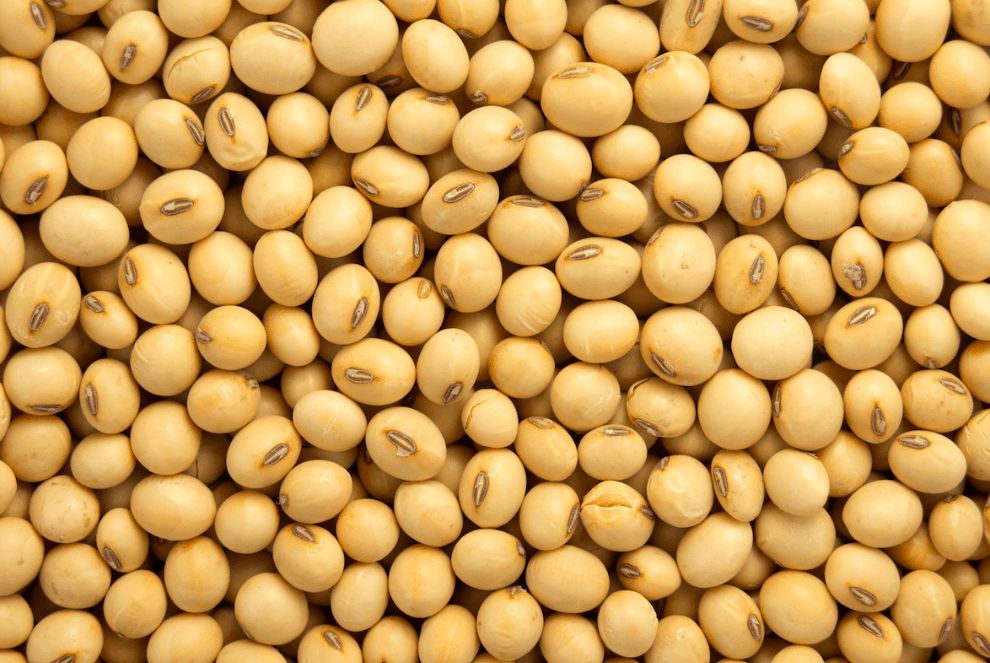China’s Q3 soybean demand to slow on falling meal prices, thin crush margins

Chinese crushers are expected to slow their third-quarter 2023 demand coverage as soybean meal prices are on a downward trajectory, resulting in deteriorating crush margins and a lower estimate for total open demand, industry sources said.
Platts assessed China’s gross crush margin at minus $12.43/mt at the May 29 Asian close, down $10.67/mt week on week.
According to industry sources, the replacement crush margin stood at Yuan 164/mt on May 29, a 64% slump from a week ago.
Multiple market sources said the main factors driving down soybean meal prices and crush margins are the reduction in soybean meal sales and higher production in the coming month.
In April, the cargo collection of imported soybeans at China’s customs declined as officials imposed a stricter inspection on the quality of imported soybeans before the crushers collected the cargoes, market sources said. Hence the waiting time has lengthened to 20 working days from five working days previously.
As a result, the volume of imported soybeans dropped 10% year on year to 7.26 million mt in April, the General Administration of Customs data showed, which is lower than the 10 million mt the Chinese market expected to arrive last month. This led to tighter soybean meal supply in China, pushing soybean meal prices to soar 14% over the whole of April to May 10.
“Due to the stricter customs inspection, some unloading and collection of imported soybeans in April would roll to May and June,” a Chinese trader from one of the largest crushers said. “Hence, the soybean inventory would increase rapidly from May to July, forcing soybean meal [prices] to collapse.”
For March to May shipments, China bought more than 10 million mt of soybeans on average each month. With stricter customs inspections in April and May, the total volume of imported soybeans over May-July was estimated to leap to 33 million mt, according to several industry sources, up 28% from a year ago. The highest estimate stood at 36.5 million mt, equivalent to a 42% year-on-year jump.
Several sources said cargo collection has been gradually speeding up in May, and the waiting time has improved to an average of seven working days.
“The supply of soybean meal would increase rapidly as the weekly crushing volume has already increased from 1.2 million mt in April to 2 million mt in the week ended May 26,” a Chinese trader said.
As a result, soybean meal prices were in a downward trajectory since the week ended May 26. According to market sources, the soybean meal spot price continued to fall below Yuan 3,800/mt, and reached Yuan 3,780/mt on May 29, down 8% week on week and 12.5% month on month.
The market’s expectations of an increase in soybean meal volumes in the coming months will drive prices even lower, a Chinese crush trader said.
There was an unwillingness to purchase soybean meal for nearby months as downstream buyers were waiting for prices to fall further given an inverse price structure. China’s soybean meal sales for July delivery reached 35%, approximately 7% lower compared with the 5-year average, the trader added.
“The bid and offer prices for soybean meal basis July delivery were Yuan 100/mt away as of May 29, and buyers were expecting the basis to fall from Yuan 150/mt to minus Yuan 50/mt in June,” another Chinese crusher said.
A decline in soybean meal prices would continue to put pressure on crush margins and discourage crushers from purchasing more forward shipments.
In Q1, the market’s initial estimates for total open demand for Q3 shipments stood at 19.5 million mt — 7.5 million mt for July, 6.5 million mt for August and 5.5 million mt for September.
However, little recovery in the hog breeding industry and downstream meat consumption failed to support a healthy crush margin. According to industry sources, the hog breeding margin was at minus Yuan 164 per head as of May 26.
Platts assessed the China gross crush margin at minus $12.43/mt May 29, down by $10.67/mt week on week, S&P Global data showed.
Hence, a Platts survey of more than 10 market participants during the week ended May 26 estimated total open demand in Q3 at an average of 16.5 million mt.
As of May 29, industry sources said 60% of total open demand for July shipment, which stood at 6.5 million mt, has been covered. For August, less than 20%, or 5 million mt, of total open demand has been covered, while total open demand covered for September shipment was at less than 5%, or 5 million mt.
Read also
Wheat in Southern Brazil Impacted by Dry Weather and Frosts
Oilseed Industry. Leaders and Strategies in the Times of a Great Change
Black Sea & Danube Region: Oilseed and Vegoil Markets Within Ongoing Transfor...
Serbia. The drought will cause extremely high losses for farmers this year
2023/24 Safrinha Corn in Brazil 91% Harvested
Write to us
Our manager will contact you soon



